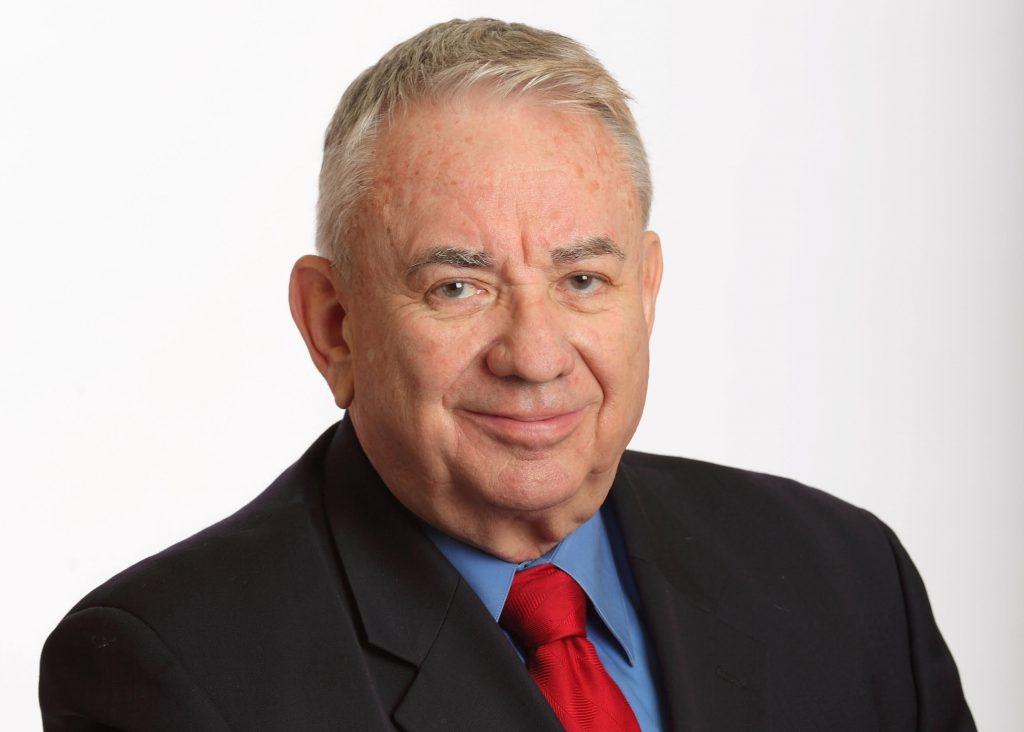Sell Non-Core UW System Assets
System may face $200 million deficit. What about the golf course, real estate, cell towers?
The University of Wisconsin System’s new leader, a familiar face in Tommy Thompson, faces a pandemic budget crisis for 2021 that is estimated to be as much as $200 million.
As governor, Thompson was a big-time innovator with welfare reform and school choice reform. He was a supporter and cheerleader for the University of Wisconsin, calling the UW the state’s great asset. Now, with business experience as well, Thompson has a new opportunity for innovation prowess.
The traditional UW solutions to financial stress have been: ask students to pay more: increase tuition; ask the legislature for more taxpayer dollars; dip into reserves; or cuts to programs. Only draconian projections are currently on the table. So, where to go for solvency?
Factoid 1. The UW System has major assets on its balance sheet. Real Estate. A golf course. Broadcast and cell towers. Parking lots. Business Parks. And over 90 affiliated foundations. First, as any business would do, total up the assets. Second, decide which assets are core to the UW mission of teaching and research. Third. Tap some of those non-core assets during the pandemic crisis? Many of these assets were acquired after 2000 when Tommy went to Washington D.C. to be Secretary of Health in Washington D.C.
Factoid 2: UW Health, which is part of the UW system’s assets, has begun the process of selling part or all of QUARTZ, its HMO. Quartz is the largest HMO in Wisconsin with over 340,000 members—with additional operations in Iowa, Minnesota, and Illinois. The UW acquired unity HMO, the largest business in Quartz, in 2004.
The combined book value of the three HMO units in Quartz is over $190 million, according to the records at the Wisconsin Insurance Commissioner’s office. The market value for HMOs nationally ranges from $400 per member to $1000 per member, depending on its market. At a mid-range value, Quartz would be worth more than $250 million.
Factoid 3: The pending UW Health plan to sell control of the Quartz HMO was filed with the Commissioner of Insurance in May 2020—not yet approved. There was no record of competitive bidding, nor any fairness opinion from a banker. The UW is proposing to sell 15 percent of Quartz to Advocate Aurora Health, one of the ten largest health systems in the U.S., for only $5 million.
Factoid 4: There is a large amount of investment money sitting on the sidelines looking for good deals in the U.S., especially in the health care sector. Aurora Advocate itself sold two hospitals this month for $190 million. (Advocate this month also announced a preliminary agreement to merge with Beaumont Health, the largest hospital network in Michigan. How does that help consumers in Wisconsin?)
Factoid 5: Quartz is a non-core asset for the University of Wisconsin. It is not necessary for the main missions of the University of Wisconsin: education and research. Most universities no longer own or operate HMOs directly. No other university runs a multi-state insurance operation.
At least, the Insurance Commissioner and the Regents should require that UW Health seek competitive bids and a fairness opinion regarding the proposed $5 million sale. It should not be an inside deal.
The university is cutting some kind of partial deal with Advocate Aurora Health for the sale of its Medicare Advantage brand. Why not put all of Quartz on the block? Run an auction and get the maximum price.
There are other non-core system assets that need to be cataloged and market value determined. Some can probably be sold — avoiding tuition increases; faculty cuts; and demands for more taxpayer dollars at a time when Wisconsin businesses and families are hurting and can ill afford higher tuition or taxes.
The UW System likely needs more financial support from the Legislature. But that request would be more palatable after Thompson and the interim administration look at monetizing non-core UW financial asset list.
John Torinus is the chairman of Serigraph Inc. and a former Milwaukee Sentinel business editor who blogs regularly at johntorinus.com.
Op-Ed
-
Wisconsin Candidates Decry Money in Politics, Plan to Raise Tons of It
 Dec 15th, 2025 by Ruth Conniff
Dec 15th, 2025 by Ruth Conniff
-
Trump Left Contraceptives to Rot; Women Pay the Price
 Dec 8th, 2025 by Dr. Shefaali Sharma
Dec 8th, 2025 by Dr. Shefaali Sharma
-
Why the Common Council’s Amended Budget is Good Policy for Milwaukee
 Nov 20th, 2025 by Alds. Marina Dimitrijevic and Russell W. Stamper, II
Nov 20th, 2025 by Alds. Marina Dimitrijevic and Russell W. Stamper, II






















The University Ridge golf course in Madison was a gift to the campus from generous donors. In addition to supporting the UW men’s and women’s golf teams, it is used by the cross country teams as well. Torinus says the course should be sold. What kind of message would this send to the donors? Who would give any significant amount of money going forward if this is permitted? For years Torinus has advocated confiscating the assets of WARF and the UW Foundation. These are non-profit corporations created by loyal alumni and friends of the Madison campus. As state support has diminished over the past several decades, they are critical to maintaining the status of the Madison campus as a world-class research university.